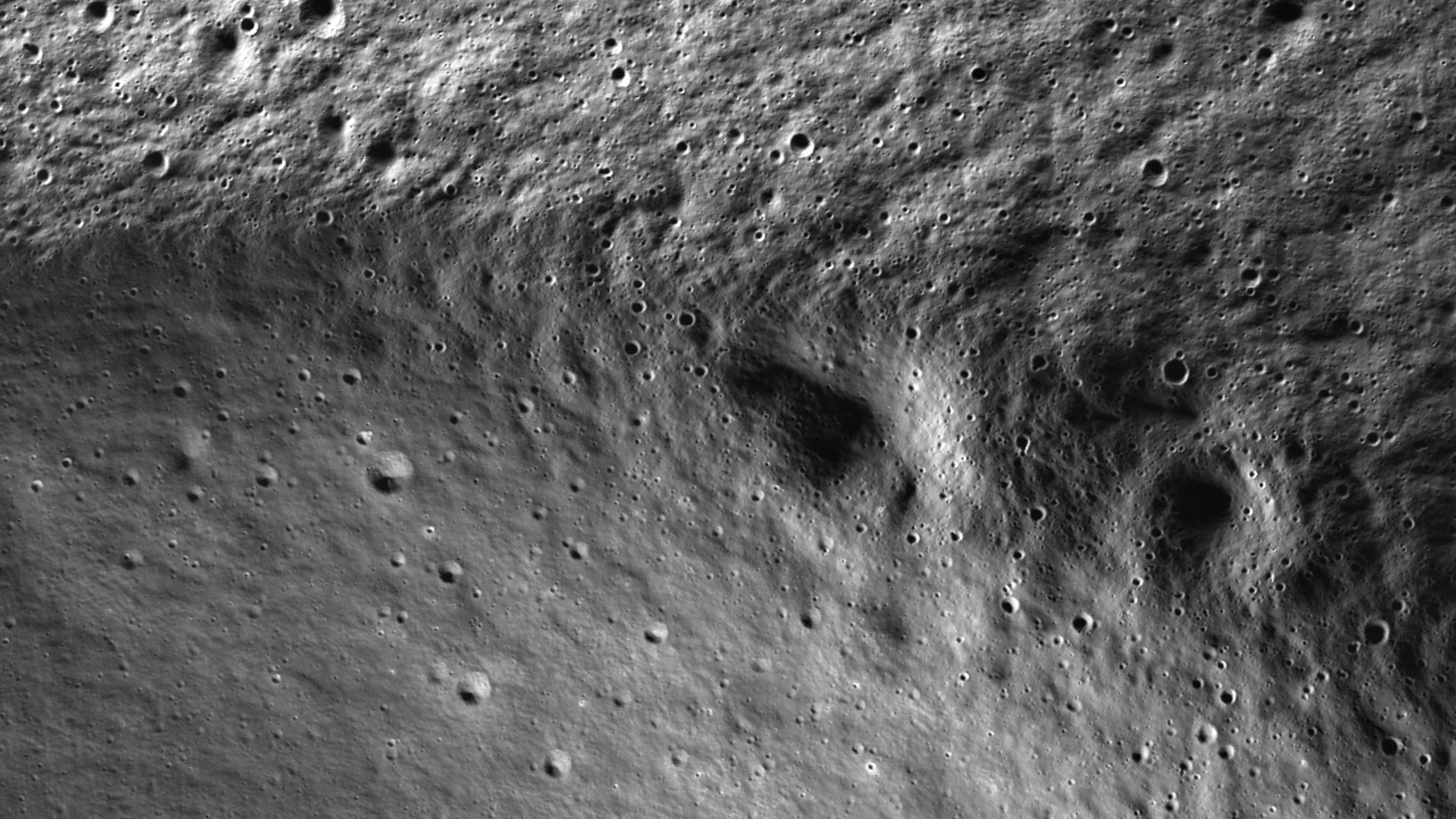
NASA has imaged the south pole of the moon in stunning detail as scientists learn as much as possible about the shadow-filled region before the Artemis 3 mission carries astronauts there in the near future.
The images were gathered by a hypersensitive optical camera operated by NASA called ShadowCam. The instrument is carried around the moon by the Korea Pathfinder Lunar Orbiter (KPLO) spacecraft, also known as Danuri, built by the Korea Aerospace Research Institute (KARI). The craft, which also carries five Korean science instruments, launched in August 2022 atop a SpaceX Falcon 9 rocket and entered lunar orbit in the following December when ShadowCam began imaging the moon.
ShadowCam is ideal for high-resolution imaging of areas of the moon that receive no direct sunlight as it is significantly more light-sensitive than other lunar cameras. By catching pictures of the highly shadowed regions of the lunar south pole, ShadowCam is laying the groundwork for Artemis 3 and for future robotic missions.
Related: NASA's Artemis 3 mission: Landing humans on the moon
One of the features that the camera has been able to image in greater detail than ever achieved before is the permanently shadowed wall and floor of Shackleton Crater, located near the lunar south pole.
ShadowCam gazed into the steeply-walled 13-mile (21-kilometer) wide and 2.6-mile (4.2-kilometer) deep crater to see the track created when a boulder rolled down its slope. Observations like this can help characterize rocks in the region and the shapes and velocities of the boulders that create the tracks.
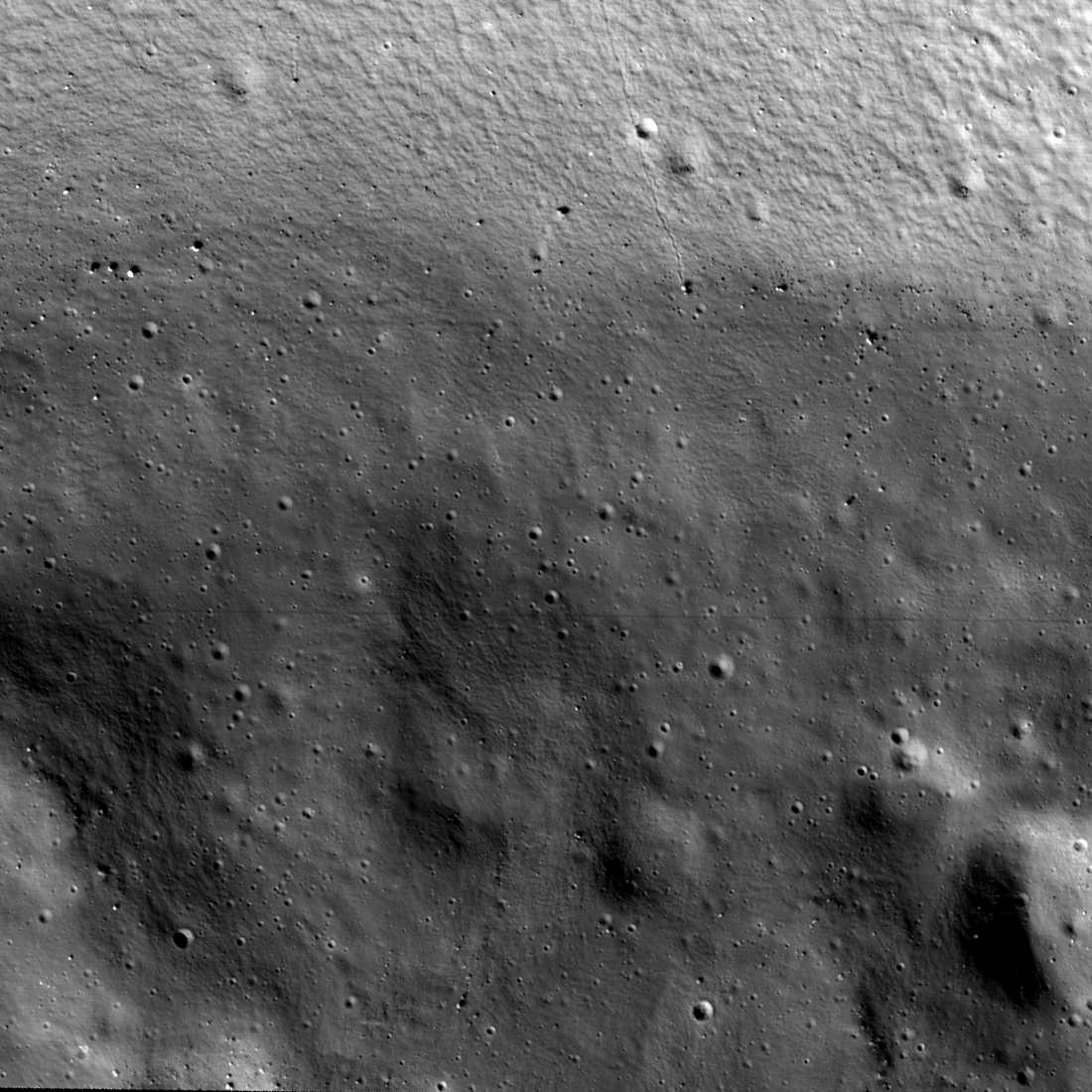
Even with the impressive imaging capability of ShadowCam this instrument still needs assistance to examine some of the deeply shadowed craters of the moon. One source it can use is "Earthshine" light reflected from our planet onto the moon.
Though sunlight that shines directly on the moon is still ten times brighter than the illumination provided by Earthshine, light from Earth still helped the camera test ShadowCam's sensitivity at the equatorial region of the moon.
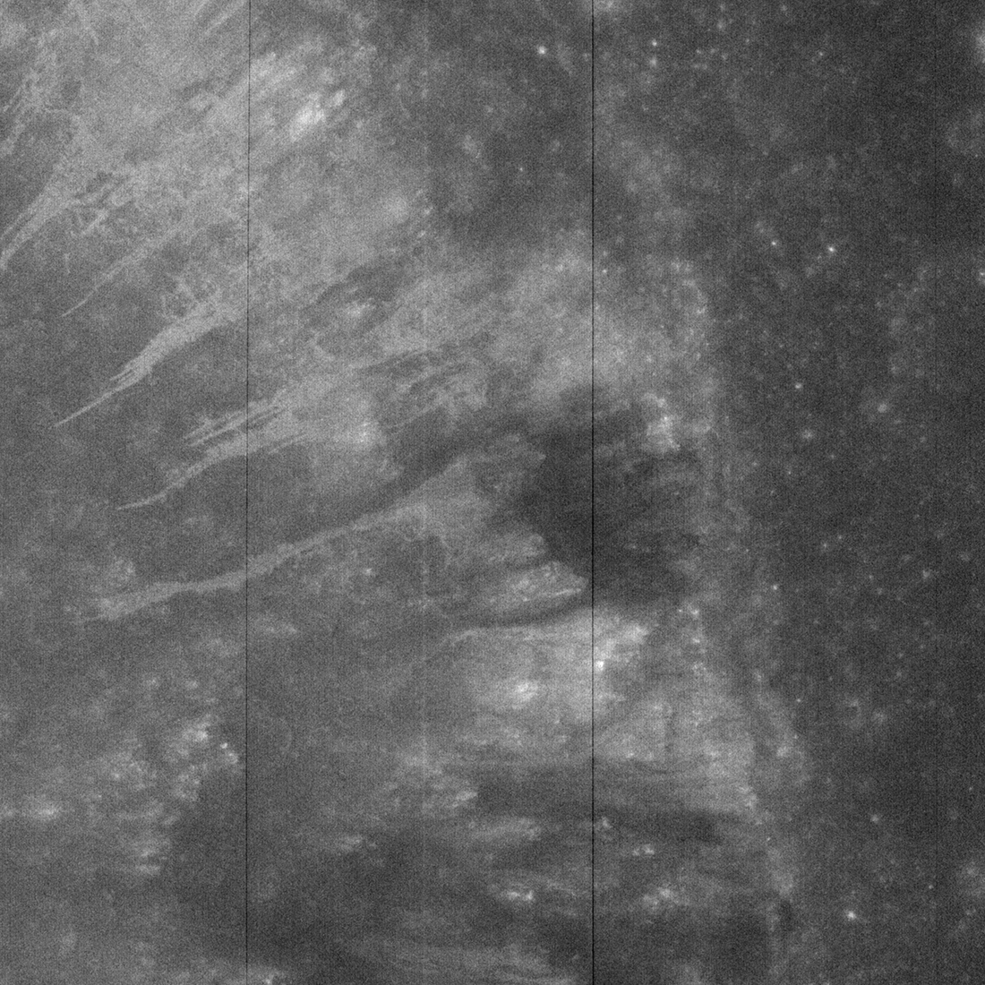
Earthshine allowed scientists to image the interior of Bruce Crater located at the moon's equator. ShadowCam was able to see bright streamers formed by soil sliding down the crater's walls.
The central peak of the Aristarchus crater was also captured by ShadowCam using Earthshine as a secondary light source.
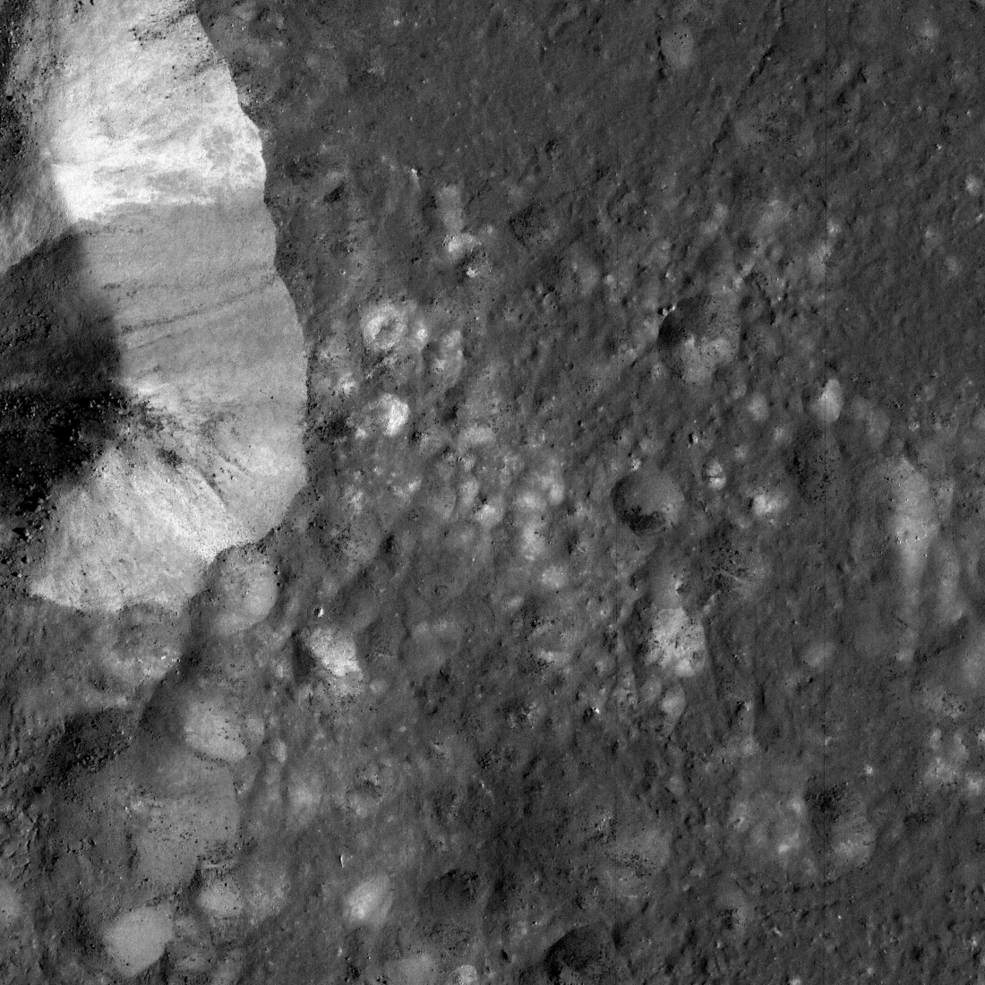
There is another type of secondary lighting that ShadowCam can exploit to image the regions of the moon bereft of direct sunlight. This relies on light the sun reflected off the moon's own geological features like mountains and crater walls at the poles that rise high above the lunar surface.
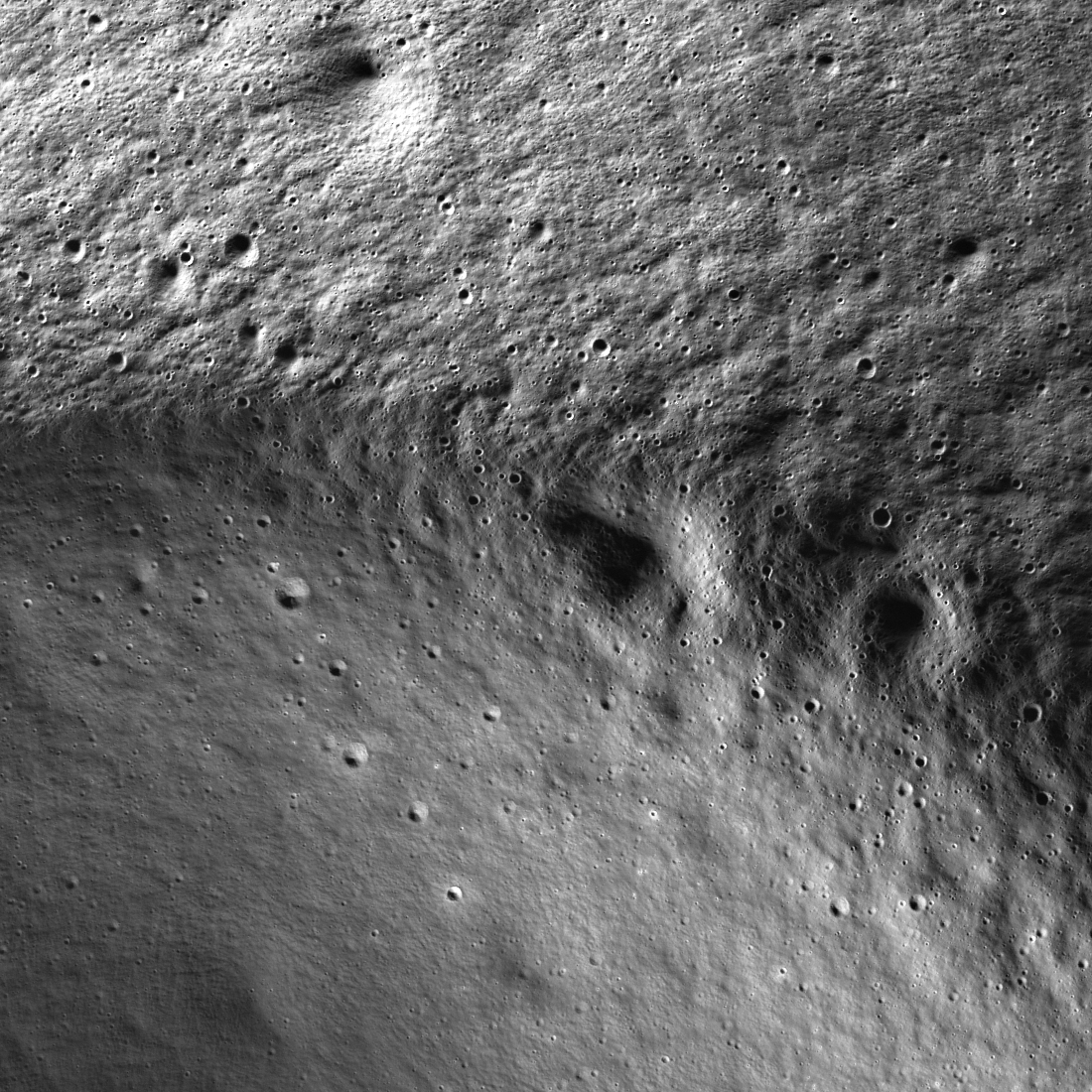
The camera used this technique to catch an image of the rim of Marvin Crater, about 16 miles (26 kilometers) from the lunar south pole. This also showed a broader area around the 2.85-mile-wide crater (4.6 kilometers), part of which was lit by direct sunlight. The contrast between the two regions illustrates the sensitivity of ShadowCam.
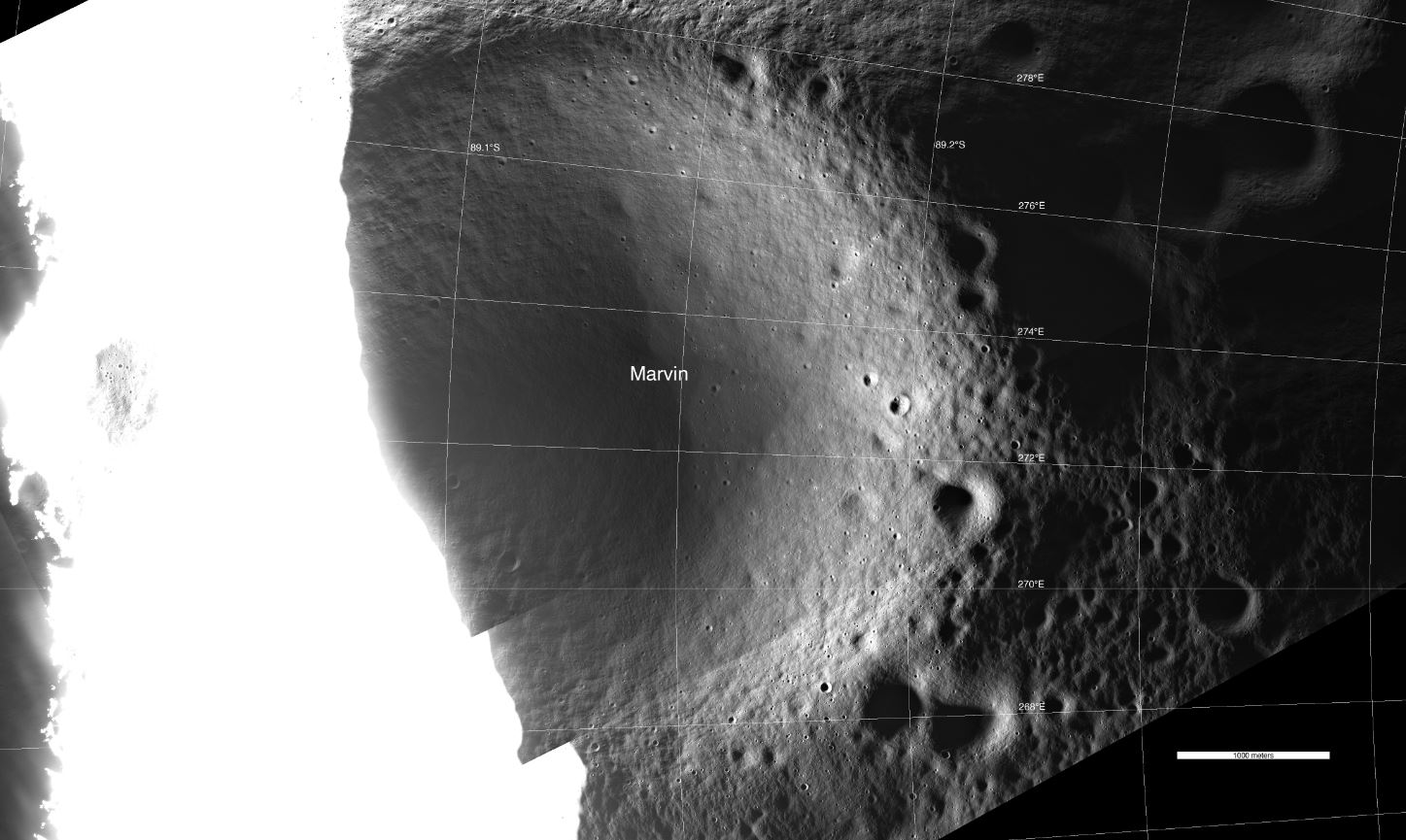
The ShadowCam images come in the wake of the successful Artemis 1 flight during which NASA tested the equipment that will carry astronauts to the moon, including the Space Launch System rocket (SLS) and the Orion crew spacecraft.
The next major test of the Artemis framework will be the Artemis 2 mission which will see the Orion spacecraft carry its first crew to space. The astronauts who have been named as the Artemis 2 crew are: Commander Reid Wiseman, Pilot Victor Glover, Mission Specialist 1 Christina Hammock Koch, and Mission Specialist 2 Jeremy Hansen. The crew will take a 10-day test flight to the vicinity of the moon, but will not land on the lunar surface.
When the Artemis 3 astronauts finally do explore the moon's south pole, including the first woman and first person of color to set foot on the lunar surface, ShadowCam won't be able to picture them if they are in direct sunlight as the images would be washed out. The camera may be able to catch the astronauts walking the surface during the lunar night when they are lit only by Earthshine.
Artemis 2 is expected to launch in late 2024, if all goes according to plan. Artemis 3 will then follow in 2025, based on current timelines.







